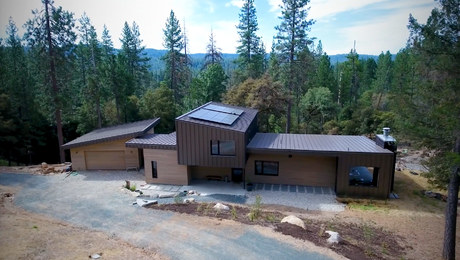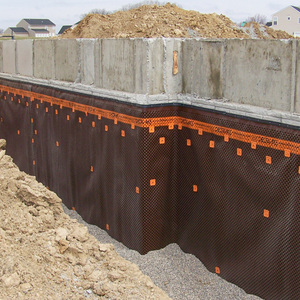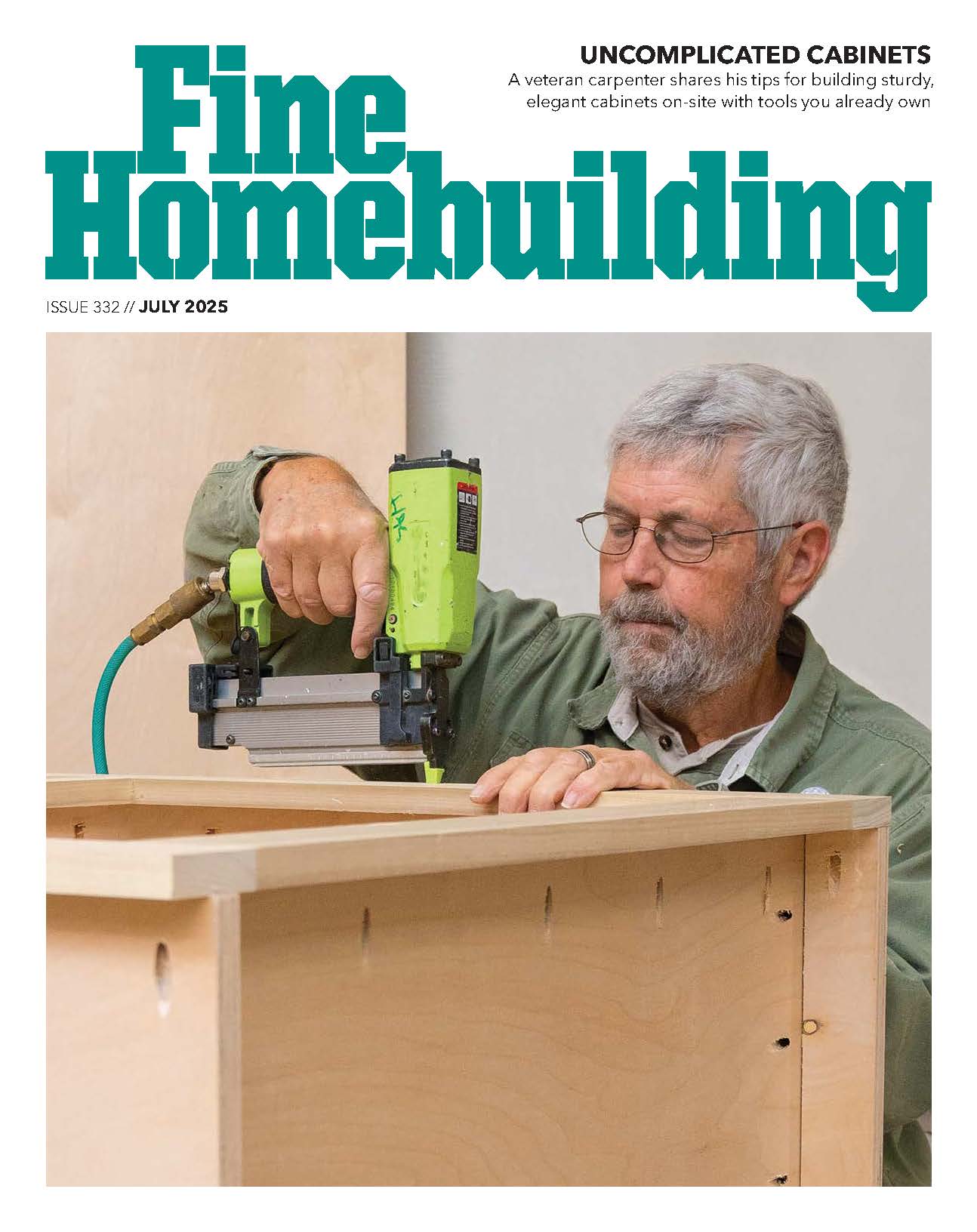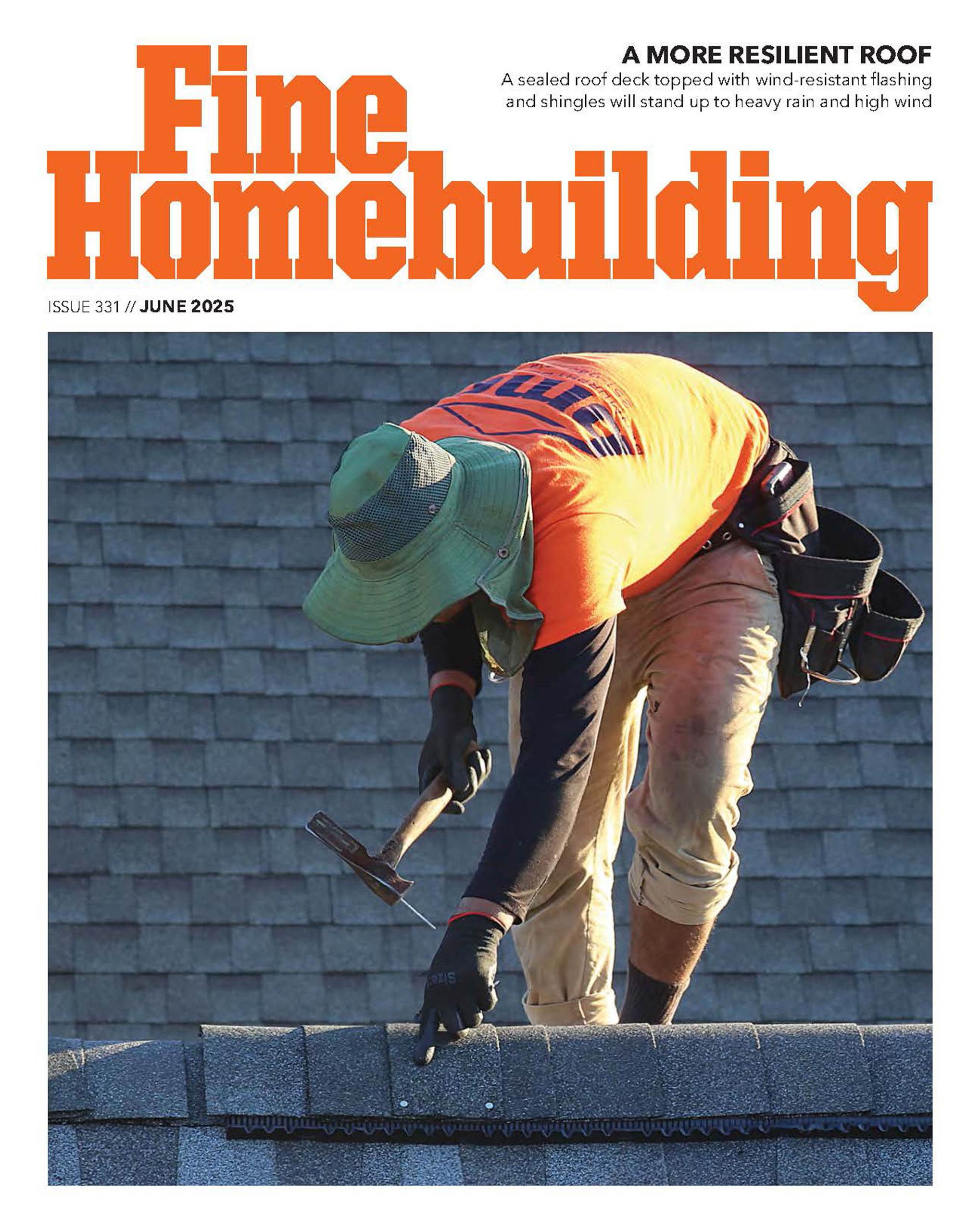With all of the tips and tricks that carpenters have, I was wondering if anyone has come up with a good technique for this:
I often need to rip a board into several small consistent strips (such as for creating edge-bands). I use the rip fence on the table saw and keep moving it closer to the blade for each successive cut. Obiously, I need to move it the width of the strip + kerf, but I haven’t figured out how to do this quickly and accurately.
I suppose I could rip several strips of scrap equal to the kerf and then move this “kerf-strip” and the “keeper strip” between the fence and the board I’m ripping, but I think the accumulated error after about 3 cuts would be too great. Not to mention, this probably is not really working safe.
Any other ideas?
-Don



















Replies
DD,
If you're using a tablesaw similar to one with a Biesemeyer or Unifence, just line up the tape measure scale lines at a convienient standard distance ie. 4mm, 8mm, 12mm, etc as you move the fence over and take each cut. Strips sould come out close enough.
WSJ
Why not just set the fence away from the blade the desired thickness, and use a push stick to finish it up? Joint the fence edge first, and edge joint the piece after each rip to ensure a good face with no saw marks.
Unless you are using the blade guard? The guard might not let you get close enough. In which case, you're doomed, lots of wasted time and energy to cut those thin strips.
Personally, although I don't advocate removing the guard, I have never used one, even in HS in 1970, there was not a guard. I still have all my fingers (though I've seen a few who do not, and it spooks me into being extremely carefull.) A friend 10 years ago wasn't watching what he was doing and ran his index finger straight into the blade. Brought back the x-ray that confirmed the blade was an ATB, as it left a clear kerf in the tip of his finger.
1. Warped plank View Image
2. Clamp it
View Image
3. flip it over View Image
.
View Image
THE DEAD WOOD CONCEPT. The wood is secure to a guide. The saw slides on a track and you keep your fingers away from the blade.You can make tapered cuts from a warped plank. What you have here is a Jointer/straight line rip/and a sliding saw in one tool.to make edges you will need to make spacers.
YCF Dino
When using the table saw, set the fence for the piece you want not the other way. This way you can repeat the cut accurately. With a zero clearance insert and a push stick you can cut down to 1/8" easily. Any thing less than 1/8" has to be cut on the outside as you are now doing it.
Beat it to fit / Paint it to match
Oh my gosh! I have to comment.....
I worked on a job (framing an addition) where absolutely nothing in the drawings worked out properly. Furthermore, the roof didn't work (no supporting beam structures where necessary). So we call the architect in and he says....
"I used to work in the sheet metal industry and we used to go by the saying, cut to spec, beat to fit, paint to match." We were, not surprisingly, flabbergasted.
We kicked him off the site and revised his drawings. Ended up changing most everything with the ok from the city and sent the architect new drawings. Never thought I'd actually run across it again. Thanks for the laugh.
Rob Kress
I never heard the "cut to spec" part. What part of the world are you from? There are a bunch of funny old expressions in the construction world. Sounds like a good thread for the Tavern.
Beat it to fit / Paint it to match
Cleveland, Ohio. Yep, heard a lot of funny old construction snippets but I think that one takes the cake.
Rob Kress
On of my favorites: Caulk and paint make johnny what he ain't.......
Wylie
Success = Work+ Risk + Luck, in that order. Muriel Seibert
dd
We edge band everything with solid wood, 1/16".
We rip about 1/8" to 3/16" and then run them through the wide belt sander to finish them up consistantly at 1/16".
Yea, I know that everybody does not have a wide belt sander!
Just leting you know how some people do it.
Doug
i got dino's ez guide... slick..
but if you want consistent strips on a table saw.. rip one strip.. then place the strip between the stock and the fence.. this will move the stock over exactly the width of one strip.. rip again...
place the 2d strip between the stock and the first strip.. again moving the stock over ONE STRIP more.. repeat as neccessaryMike Smith Rhode Island : Design / Build / Repair / Restore
but if you want consistent strips on a table saw.. rip one strip.. then place the strip between the stock and the fence.. this will move the stock over exactly the width of one strip.. rip again...
Mike, aren't you losing width on each cut based on the kerf of the blade?
What is Dino's ez guide? And how expensive is it?jt8
http://www.eurekazone.com
A 100" system is about... 170 I think, and it's slicker than whale snot ;)
I have two of them.
http://www.eurekazone.com
A 100" system is about... 170 I think, and it's slicker than whale snot ;)
Looks so good I'm goin to buy one. It even looks better than Festool!You get out of life what you put into it......minus taxes.
Marv
See message 48155.4 for a look at the EZ GuideKevin Halliburton And with that, the great emporer Oz gently floated away on a curtain of hot air, laughing at the unfortunate ignorance of little people beneath him. But under his breath he cursed that stupid little dog...
Depending on the thickness of the final strip, I use Mikes' method to rip and either run them through the thickness planner or drum sander, sometimes both.
Dave
This is one reason European saws have short fences: so that you can accurately resaw a board into thin pieces. Clamp a 1-by (a polyethylene strip is even better) to the front half of your fence, ending just behind the leading edge of your blade, and make sure you have a splitter. Set the blade to fence distance for the width of strips you want.
Phill Giles
The Unionville Woodwright
Unionville, Ontario
I recently made the jig shown in the owners manual that came with my Bosch table saw. You can download the manual from their web site: http://www.boschtools.com. The jig is shown on page 40. Using this, I can rip down to 1/4" quickly, consistently and safely. I made the aux. fence 5" wide instead of the 4 3/4" shown. This way I just set my fence at 5" plus the width of the strip that I'm ripping. No measuring, no test cuts and no need to remove the guard!
- Rich
I have a couple power feeders I set the tablesaw for the desired width , the power feeder keeps it tight to the fence and it moves at a consistant speed.
One of the feeders is the small delta unit, it works well for its size and price.
A green question...
What is an edge band?
These are rips that are too narrow to set up for ripping between the fence and the blade?
edge band is a thin rip to cover the exposed plies on ply wood or the nasty edge of MDF...I rip mine at about and 1/8 to a 1/4 whatever it takes. I just set the fence, rip and push it thru with a follower pusher type stick, helicopter the board rip again..joint both edges and repeat.
I worked in a furniture shop where all of our hutch backs were 1x6 boards splined with splines ripped to = the kerf of the blade...we just pushed them thru and let them shoot out the back of the saw like arrows..LOL No one would do that at home would they?
Spheramid Enterprises Architectural Woodworks
Repairs, Remodeling, Restorations.
Woodshop indoctrination in 1970, shop teacher explains that at no time should we allow the stock trapped between the fence and blade a chance to shoot back. He walks us over to a door directly behind the saw, 15 feet away, points to a gaping hole, and says, this is what happens when you idiots don't listen. LOL. I did the same thing to my son, 30 years later.
I never met a tool I didn't like!
Yeah, I know that..but we were in a high production shop, working on piece rate , so we did what was needed to crank out the stuff..lol
I did one of those FU's when i first started woodwoorking, making moulding with a radial arm saw shaperhead in a horizontal rip position...sent a 1'' x 1'' hunk of walnut 2' long INTO a cinder block wall in my shop..very impressive but, stupid.
Spheramid Enterprises Architectural Woodworks
Repairs, Remodeling, Restorations.
back in trade school ..
shop time ...
probably about 6 or 8 tables saws ... all whinning away ....
hear something bog down .... seems my idiot buddy Chad was trying to force a tapered cut thru .. the wrong way ...
saw was stronger than him .....
BANG!
it shot out backwards .... across the shop ... about 30 ft or so .... and stuck like a spear right at waist height .... into a stack of hollow core doors set against the wall.
I think there was 6 doors ... and it went thru 4.
If anyone was in the path ... woulda stuck right thru them.
he was ripping down a 2x4x 8' ... this spear was right around 1 1/2 x 1 1/2 ....
woulda been one big splinter! probably woulda killed someone ...
btw ... he never got safer.
Jeff
Buck Construction, llc Pittsburgh,PA
Artistry in Carpentry
Water fountain. You know those metal cabinet water fountains that stand about 3 or 4' tall?
Less than talented shop classmate had something kick back and fly the 20 or so feet and BAAAANNG! Sounded like a bomb going off. Put one heck of a nasty dent in the water fountain cabinet. I don't remember what he was cutting, but I think it was more of a matter of him being too timid while feeding it through.
That shop table saw was a industrial grade monster. Ironically, it was the one that got me over my shyness around table saws. It was so dang powerful and always had a good blade in it. You could cut oak like it was pine. Prior to that I'd only used underpowered, table-top models that were better at making noise than cutting wood.
Good tools make a difference.jt8
Bandsaw with power feeder, followed by finishing sander. Have used this method to resaw down to .10-inch, sanding to .06 with consistent results when making oval Shaker-style boxes. Same method produces edge banding, thick veneer, or stock for workbench tops.
Easier, safer, more controllable than a table saw, and narrower kerf means greater yield.
FWIW,
-Jazzdogg-
Whether you think you can, or you think you can't, you're right.